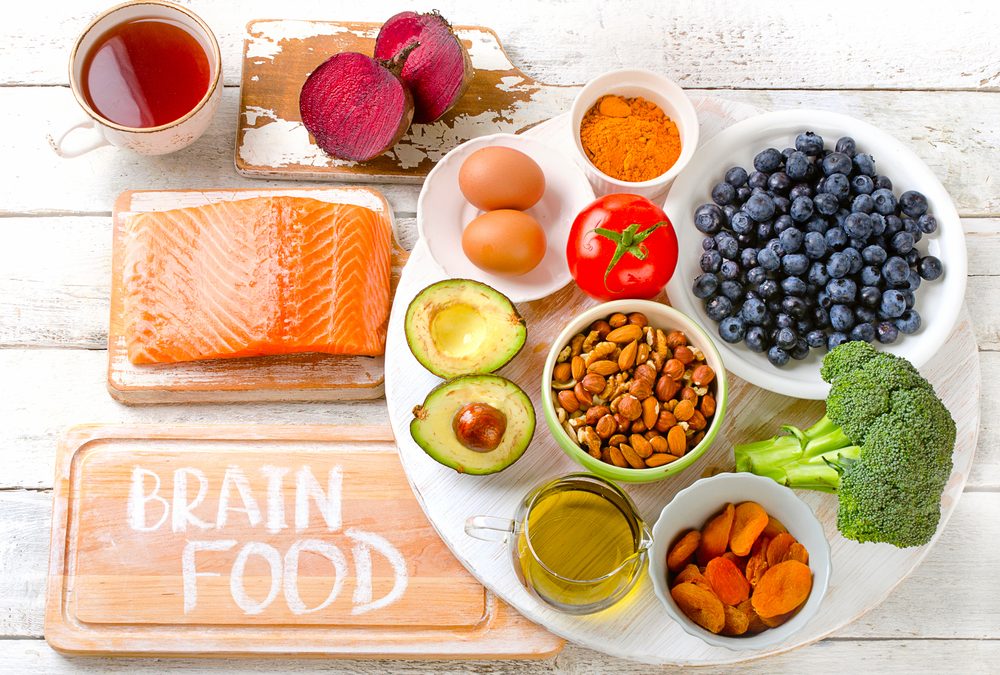EPA and DHA are both important types of omega-3, with different roles and actions in the body. Our requirements for each fat change throughout life. Therapeutic use of omega-3 involves specific ratios of EPA and DHA, at differing levels according to different conditions and health concerns.
The two main omega-3s we hear most about are the long-chain fatty acids EPA (eicosapentaenoic acid) and DHA (docosahexaenoic acid). These fats are found in oily fish and seafood, with small amounts of DHA found in algae. If you are seeking nutritional support for a specific health concern or condition, it is important to understand the difference between EPA and DHA and how the body absorbs and utilizes them.
A tremendous body of research has been conducted on these important nutrients since it was first discovered in the 1950s that fish oil offered many health benefits and that these benefits were attributable to a type of polyunsaturated fat called omega-3. Despite the volumes of research on omega-3s, it is only in recent years (within the last 15 years or so) that the actions of EPA and DHA have come to be understood individually. Researchers now often investigate the actions of EPA and DHA individually rather than together, no longer simply under the generic label omega-3 as they are widely referred to.
EPA and DHA during life stages: what to take and when?
Our requirements for EPA and DHA change throughout life and so does the optimal amount of each fatty acid in our diet.
Children require DHA for growth and development, and the brain, CNS and retina rely heavily on the adequate supply of DHA during growth in the womb. Thus women should emphasize DHA in their diets when they become pregnant and continue to take this until they cease breastfeeding. Children continue to need DHA up until the age they start school, so if children under the age of five are taking an omega-3 supplement, it should contain DHA. The exception is for children with developmental problems – where pure EPA or high EPA omega-3 has been shown to be most effective for supporting cognitive function. We would still recommend, where possible, naturally derived sources of omega-3 such as oily fish to support a balanced EPA and DHA intake.
“EPA levels are under constant demand and low EPA levels in adolescents and adults correlates strongly with development of mental health issues, including depression, dyslexia and dyspraxia, heart problems, joint and bone conditions, as well as neurodegenerative diseases such as MS and Parkinson’s.”
After the age of five, the development of the brain and CNS starts to reduce and the body’s need for DHA reduces. This is a good time to increase EPA in the diet, as studies show that EPA can help with childhood behavior and academic performance, as well as focus, attention and reducing aggression. Dry skin conditions, asthma and allergies are also common in children and good levels of EPA at this time can help reduce the inflammation associated with these issues.

Between the ages of five and 65, the majority of the body’s needs; can be met by using EPA-rich oils and eating fish, marine products, organic greens and pastured animal products. EPA levels are under constant demand and low EPA levels in adolescents and adults correlates strongly with development of mental health issues, including depression, dyslexia and dyspraxia, heart problems, joint and bone conditions, as well as neurodegenerative diseases such as MS and Parkinson’s. EPA also protects our genes and cell cycle, as well as helping to keep our stress response regulated, so an adequate supply of EPA throughout adult life can help prevent a range of chronic illness.
In later life, cognitive function and brain deterioration may become a concern. Once again, maintaining high levels of EPA has been shown to lower the risk of developing and worsening cognitive decline and dementia. If, however, you know someone who already has a diagnosis of dementia or Alzheimer’s, their brain has already been damaged and needs structural support. At this point, DHA becomes important again and taking a high-EPA product that contains 250mg of DHA also is important to prevent further loss of brain tissue.




